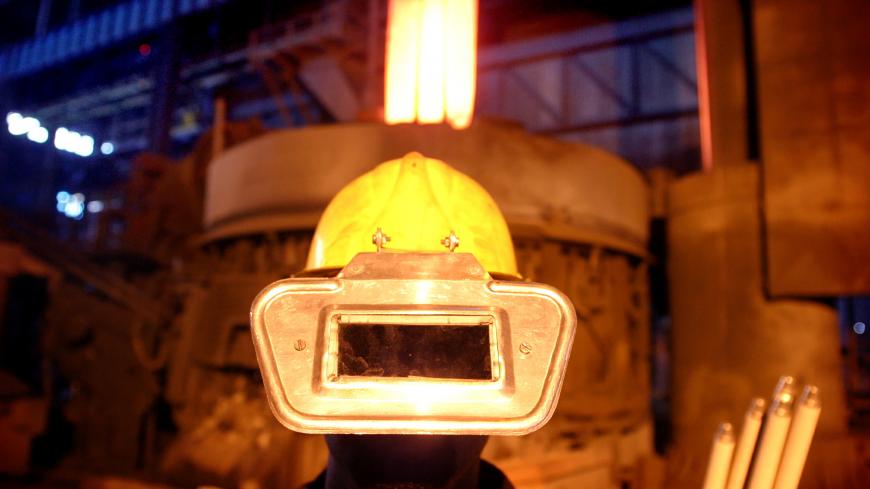The Supreme National Labor Council has finally determined how much the minimum wage should increase for both state and private employees after a long period of squabbling involving the Iranian government, labor advocates, lawmakers and employers. Workers, whose purchasing power has dwindled in the face of a surge in inflation and who have been staging numerous strikes and protests over overdue salaries and other demands, are finding the pay increases to be unimpressive.
In a 10-hour meeting starting March 18 and ending two hours after midnight, the Supreme National Labor Council finally arrived at a decision to raise the minimum wage for non-state employees by 37% to 15.2 million rials ($362) per month for the current Iranian year, which started last week. With additional benefits, the monthly salary of a worker with two children, for instance, will climb by 40% to more than 20 million rials ($476).



